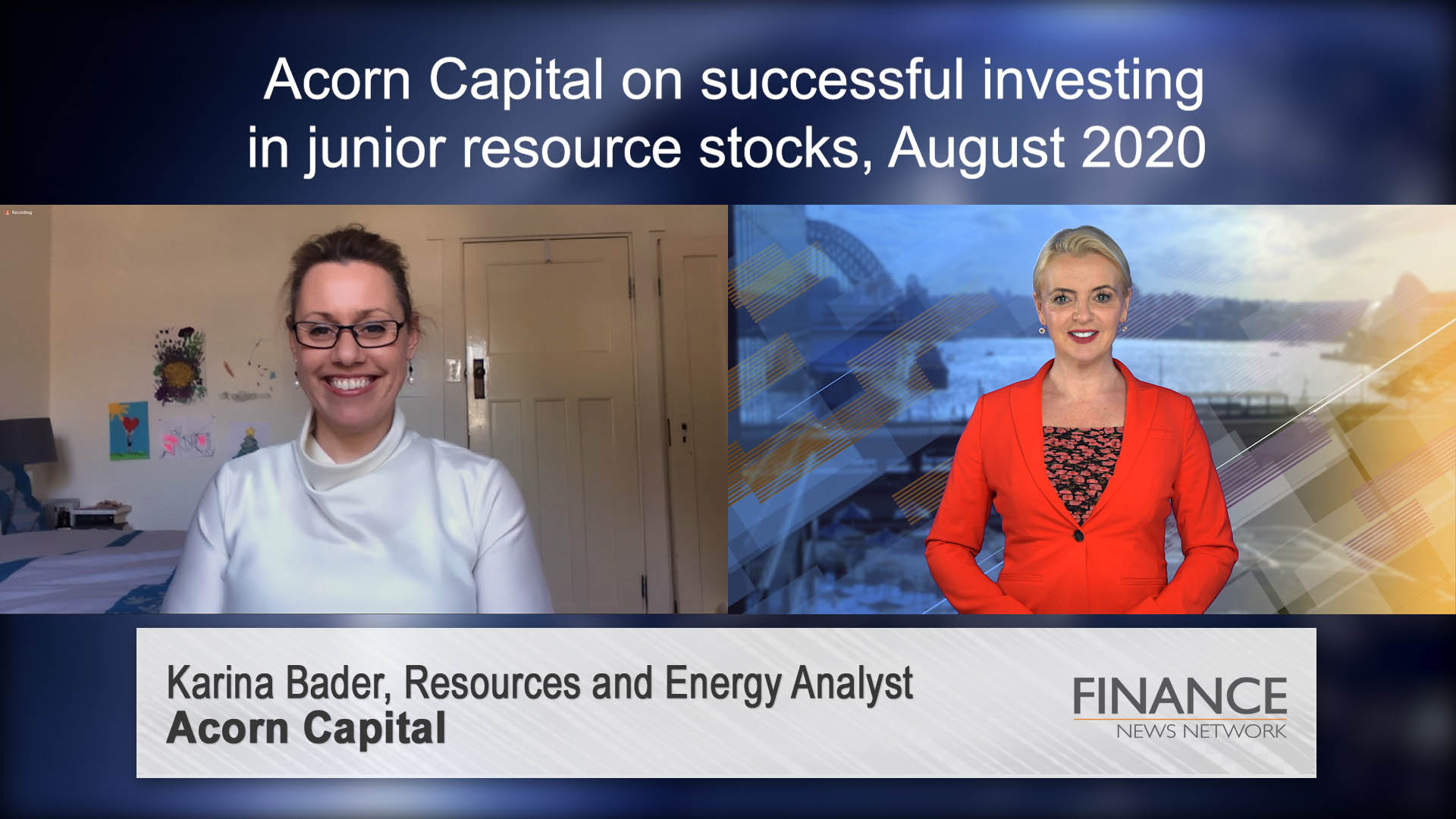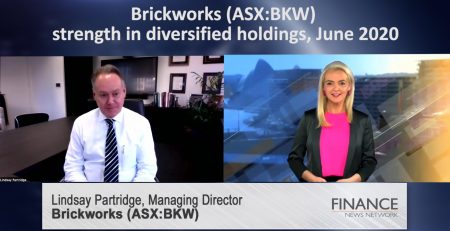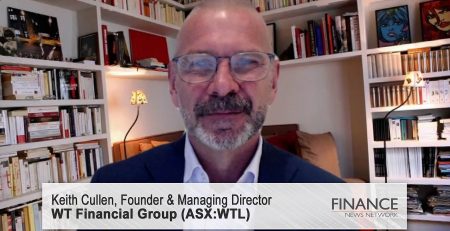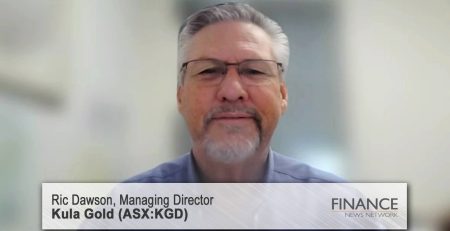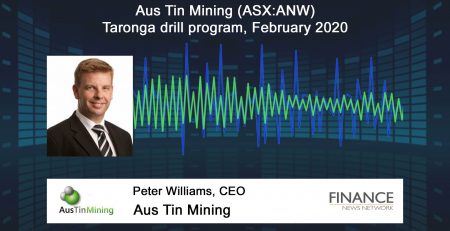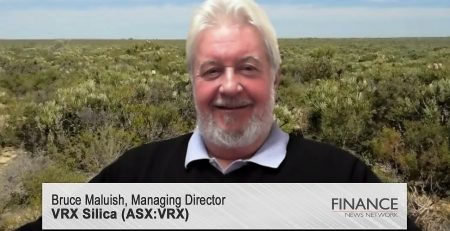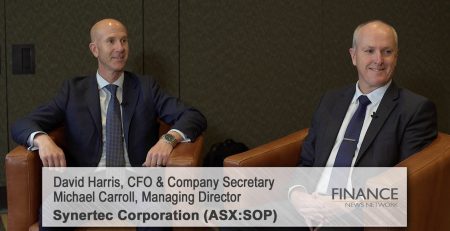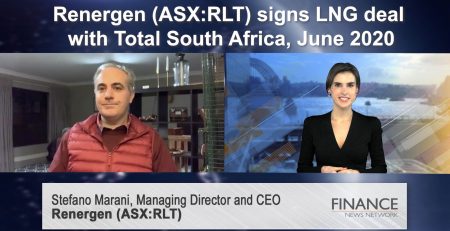Acorn Capital on successful investing in junior resource stocks
Acorn Capital Resources and Energy Analyst Karina Bader talks about junior resource companies and how investors can try to make money as the companies move from explorers to developers to producers.
Rachael Jones: Hello. I'm Rachael Jones for the Finance News Network. Joining me from Acorn Capital is Resources and Energy Analyst Karina Bader. Karina, welcome to FNN.
Karina Bader: Hi, Rachael. Thanks for having me.
Rachael Jones: Now, to the non-specialist investor, the junior resources space could look like a casino based on luck and tips from contacts. Is it possible to create consistent returns out of the junior resources sector?
Karina Bader: Yes, it certainly is, and that's something that we aim to do at Acorn Capital, is to create those consistent returns for our investors as resource companies move from explorers to developers to producers, regardless of commodity price movements. There's a well known chart called the Lassonde Curve that captures that share price movement as companies move through those different stages, and we often refer to it a lot in our investment process.
Rachael Jones: So let's talk a little bit more about the Lassonde Curve. Why is this so relevant?
Karina Bader: The Lassonde Curve tries to demonstrate how the share price of companies move as they move through these development stages. Stage one is an exploration stage. Stage two is considered the development stage. And stage three is the production stage.
Now, the reason that those stages are relevant is that they demonstrate the share price movement as companies develop and progress their projects. For example, in the pre-discovery stage, this is a very risky stage for companies, before they've made an economic discovery. There's a high chance of failure, and it can take years for a company to actually make a discovery. And in addition, during that process, they need to keep coming back to shareholders to raise the equity in order to fund the project to progress its projects. However, on the flip side, if they do make a discovery, well then you can see the share price respond rapidly and rise very quickly.
Rachael Jones: So, could you explain why the curve shows a dip and flattening after a discovery?
Karina Bader: So, this is one of the most risky stages a company can go through. After they've made that initial discovery, there's a range of technical studies that need to be completed to demonstrate the project is actually economic and able to be developed. Some projects never pass this stage, and again, it's very time- and capital-intensive. So the company share price tends to flatten or even fall because the companies need to come back to its shareholders to raise the money to progress the projects through these studies.
In addition, there's a range of government-mandated approvals processes that each project needs to meet before it can ever be considered economic, and those timelines are often outside the control of the company. So, these companies need to ensure that they've got enough working capital to actually meet those requirements, and again, they're coming back to their shareholders to raise that equity, resulting in dilution for shareholders.
Rachael Jones: Thanks Karina. Now, you've covered stages one and two of the curve. Can you now explain the share price movement as the company transitions into production?
Karina Bader: So, this is the stage where the project has now been deemed to be economic, it's now got all of its government approvals, and it's ready to move into production. It's commonly called in the industry FID or financial investment decision. So, this is the stage of the curve where it should be the last time that the company needs to come back to its shareholders to raise equity to build this project. And in addition, they're often raising debt as well to complete that process and to get the company into production, ultimately leading, hopefully, to free cashflow, which is then returned to shareholders as returns.
Rachael Jones: Thanks, Karina. To the last question now. So if a non-specialist investor can learn how to identify these distinct stages of a resources company, will they be able to make good returns?
Karina Bader: Look, it's true that most specialist resource investors in this space would classify companies in these three stages. However, at Acorn, we consider our key point of difference is we then take those three stages and split them out into 11 different stages. We then look to adjust our exposure to mitigate the risks as those projects move through all those 11 different stages. And we think that this is what allows us to generate those consistent returns over time, which is different to what we believe other resource investors do.
For example, Acorn Capital first invested in Kidman Resources (ASX:KDR) pre-discovery of their Earl Grey lithium deposit. We then managed our investment as it moved from that discovery phase into the development phase, and ultimately got taken out by Wesfarmers (ASX:WES). Another example would be Galaxy Resources (ASX:GXY), where we invested at a pre-production stage. In fact, we invested in them post the last lithium price collapse back in 2013, when they mothballed their original mine. We managed our investment through the process of them deleveraging, refurbishment of the plant, getting it into production, and cashflow, and ultimately we divested the project or the company at that stage.
Rachael Jones: Karina Bader, thanks so much for sharing your expertise and time with us today.
Karina Bader: Thanks very much, Rachael.
Ends
Copyright 2020 – Finance News Network
Source: Finance News Network

